Master the Inverted Sales Funnel: A 7-Step Guide to Grow Conversions
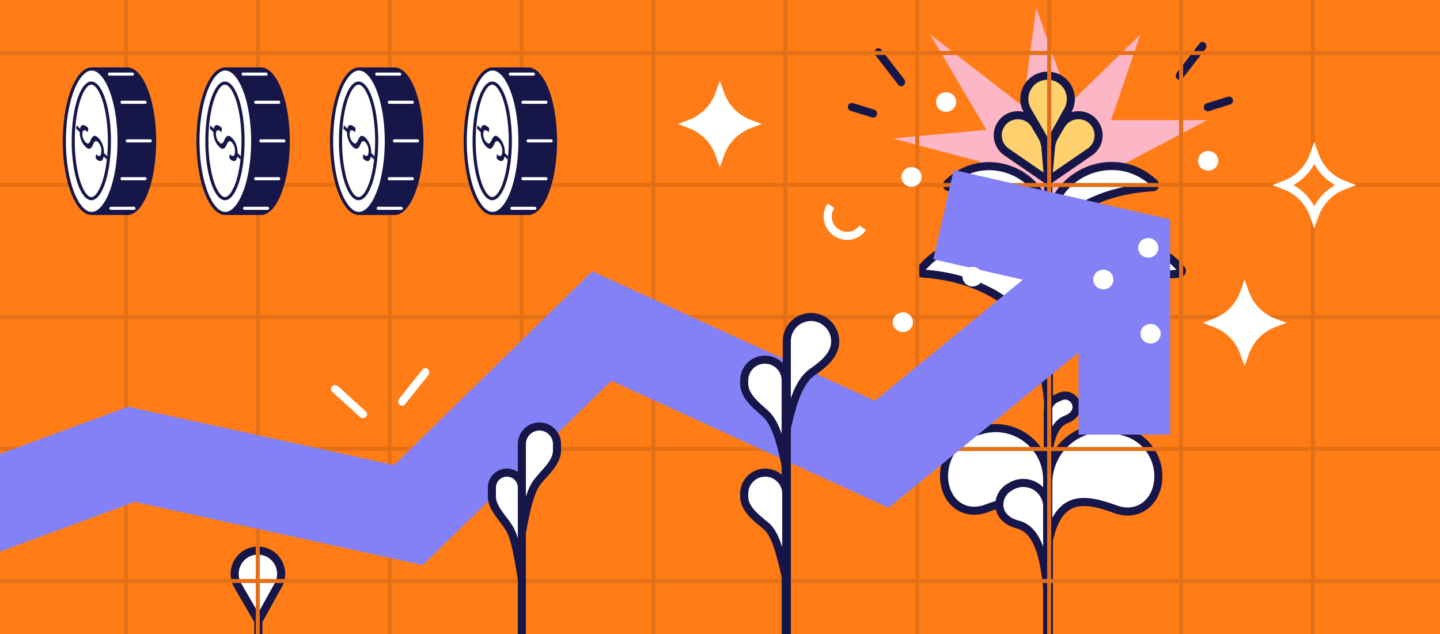
Ever heard of an inverted sales funnel? It’s a game-changer for growing inbound sales and demo requests. Unlike the traditional funnel, this one flips the process upside down to focus on high-quality leads from the start.
As CEOs of product startups or mid-sized SaaS companies, you know getting those inbound leads is tough. Writing the right sales funnel emails? Even tougher. But that’s where the inverted sales funnel comes in. It helps you skip the fluff and get straight to the leads that matter.
Ready to dive in? Let’s break it down into 7 simple steps!
What is the inverted funnel?
The inverted funnel approach flips the traditional sales funnel on its head. Instead of casting a wide net and slowly narrowing down your prospects, you start by focusing on high-quality, ready-to-buy leads. It’s all about efficiency.
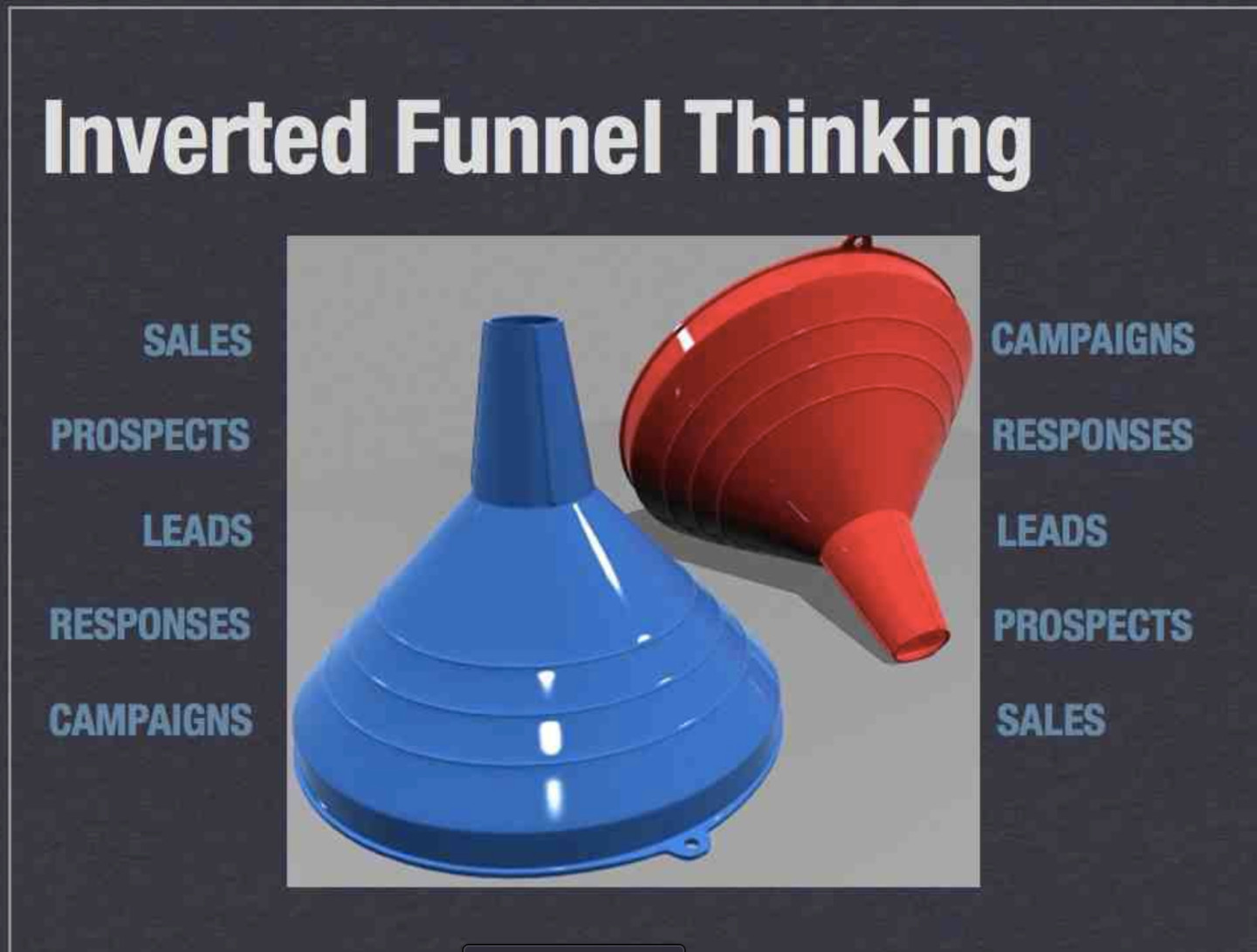
Here’s how it works in a SaaS B2B case👇
Instead of generating tons of leads that may not be a good fit, you focus on the best ones from the start. You prioritize those who are already showing strong interest, like signing up for a demo or downloading a whitepaper. Then, you nurture them with targeted sales emails, addressing their specific needs and pushing them further down the pipeline.
For example, at Dashly, we help companies identify these hot leads early on. Instead of bombarding everyone with generic messages, we use inverted funnel emails tailored to qualified leads. It’s more personal, more effective, and leads to faster conversions.
With the inverted sales funnel, you save time, energy, and resources — focusing only on the leads that really matter. It’s smarter selling.
How is it different from a traditional sales funnel?
The inverted sales funnel turns the traditional sales process upside down. Instead of starting with a broad audience and narrowing down, it focuses on identifying high-potential leads from the very beginning. This approach is designed for efficiency, helping SaaS B2B companies prioritize their most valuable prospects and drive conversions faster.
So, how does it stack up against the traditional sales funnel? Let’s break it down.
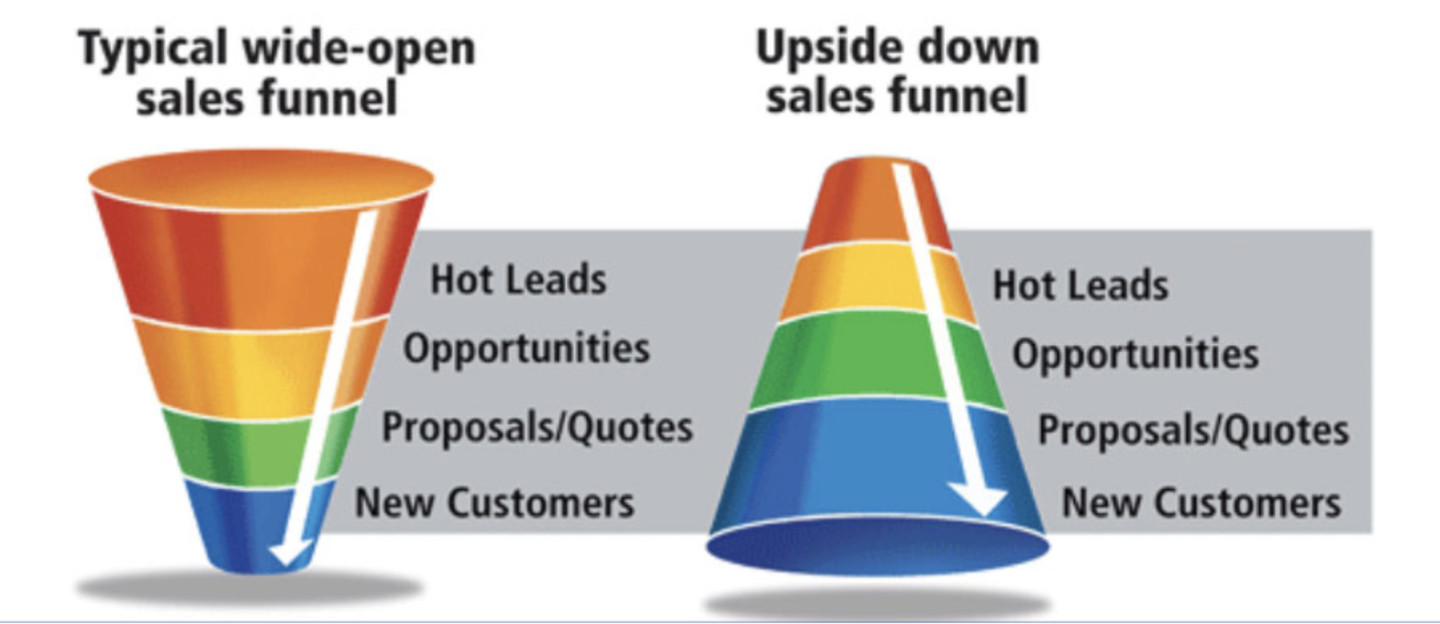
Traditional Sales Funnel
Starts with a wide audience, targeting as many leads as possible.
Leads are filtered and nurtured gradually.
Often involves generic messaging at the top of the funnel.
Conversion rates may be lower due to wide targeting.
Time-consuming as it involves nurturing a larger volume of leads.
Inverted Sales Funnel
Focuses on a smaller pool of qualified leads from the start.
Quality leads are prioritized and nurtured quickly.
Personalized, targeted messaging from the beginning.
Higher conversion rates due to focus on engaged leads.
More efficient, as efforts are concentrated on the most promising prospects.
By shifting to an inverted funnel strategy, SaaS companies can maximize efficiency, boost conversions, and shorten the sales cycle — without wasting time on cold leads.
Read also: Sales Funnel Statistics 2024: Data-Driven Insights to Skyrocket Your Conversions
The steps of the inverted funnel structure
1. Conversion First
In the inverted sales funnel, you kick things off at the bottom — where traditional funnels end. The goal? Focus on conversion-ready leads. These are the people who are already engaging with your product, like signing up for a free trial or requesting a demo. Instead of spending time on cold leads, you start where the action is hot. You know they’re interested, so put your efforts into turning these leads into paying customers.
2. Qualify Leads Early
Once you’ve identified those hot leads, it’s time to qualify them. In a SaaS B2B world, not every lead is your ideal customer. So, you need to figure out quickly who’s a good fit. Use quizzes, forms, or surveys to gather information on their company size, budget, and pain points.
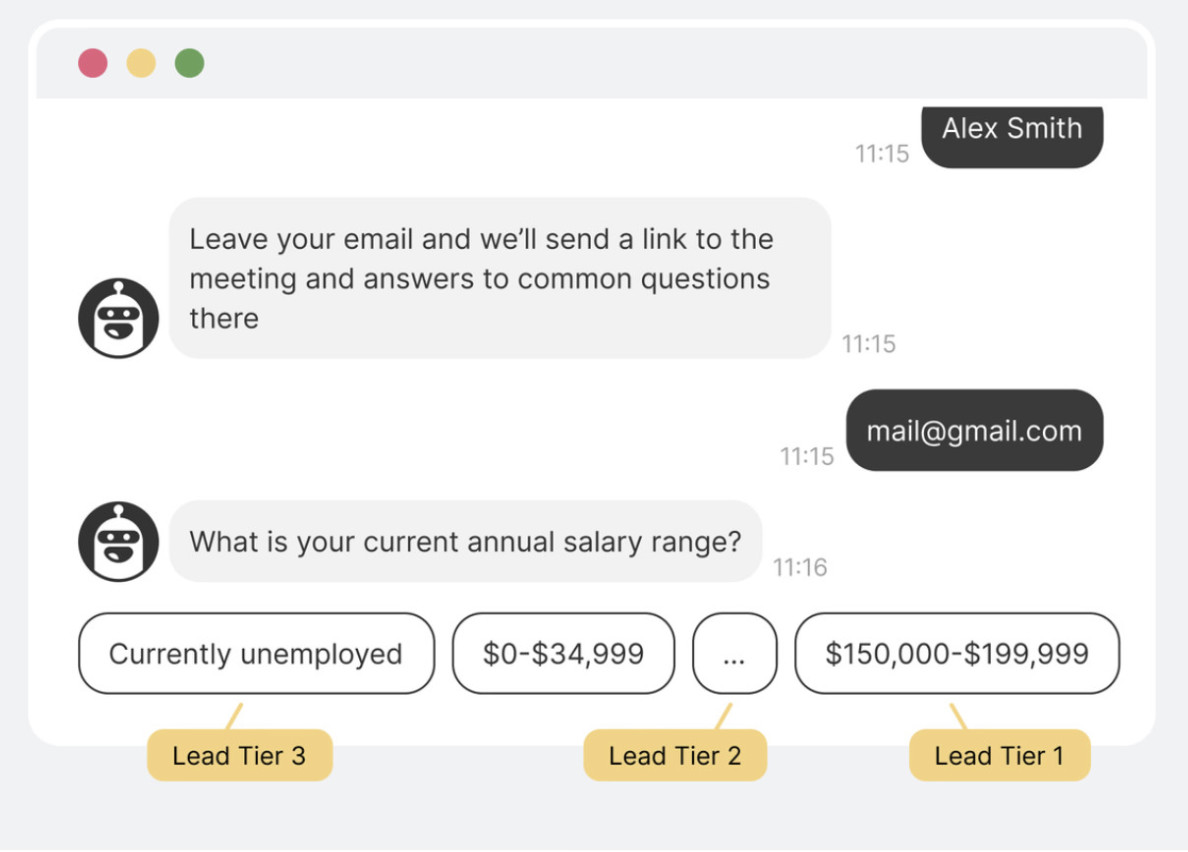
At Dashly, we’ve seen this step make a huge difference in our sales process — getting rid of time-wasters and focusing on the leads that matter.
3. Personalize Nurturing
Now that you’ve got qualified leads, it’s time to nurture them. But don’t go blasting generic emails. These leads need tailored, personalized content that speaks directly to their problems. Have they mentioned they need better customer onboarding? Send them a case study on how your SaaS helps companies like theirs solve that problem. Personalization here can be the key to pushing them to convert faster.
4. Awareness Post-Conversion
Here’s where the inverted funnel shines. Instead of starting with awareness, you bring it in after the conversion. Once your lead becomes a customer, they need to fully understand your product’s capabilities. Regular email campaigns with product tips, updates, and best practices help deepen their knowledge and make them feel they’ve made the right choice.
5. Retain Your Customers
Now that they’re aware of the full value, it’s time to focus on retention. Your job isn’t done just because they’ve converted. Keep your customers happy with consistent communication, customer support, and educational emails that show them how to get the most out of your product.
With SaaS, retention is key to long-term success.
6. Upsell and Cross-Sell
As your customers start getting more comfortable with your product, the opportunity to upsell or cross-sell kicks in.
Do they love your basic package?
Show them how upgrading to a premium plan can give them even more value. The same goes for cross-selling additional features or services that complement what they’re already using.
7. Turn Customers Into Advocates
Finally, once you’ve retained and satisfied customers, turn them into brand advocates. Happy customers are your best salespeople. Encourage them to leave reviews, participate in case studies, or refer other businesses to your product. This creates a cycle where new leads come in through trusted recommendations — helping you grow without extra ad spend.
Read also: Choosing the Best Sales Funnel Builder Top 15 Tools Compared
Benefits of the inverted funnel
The inverted sales funnel offers several key benefits, especially for SaaS companies looking to streamline their sales process and boost conversions. Here’s why this approach can be a game-changer:
- Focus on high-quality leads. Instead of casting a wide net, the inverted funnel focuses on leads that are already interested and more likely to convert. This means less time wasted on cold leads and more attention on the ones that matter.
- Faster conversions. By starting with conversion-ready leads, you accelerate the process. These prospects are already familiar with your product, making it easier to close deals faster compared to traditional funnels that take time to nurture from the top.
- Efficient lead qualification. The inverted funnel requires early lead qualification, ensuring your sales team only works with prospects that fit your ideal customer profile. This leads to fewer dead-end conversations and more productive sales efforts.
- Personalized nurturing. With the inverted approach, you can focus your nurturing efforts on specific pain points and needs. Personalized, targeted emails are far more effective than generic ones, increasing the chances of conversion.
- Improved customer retention. Since awareness and education come after conversion, customers gain a deeper understanding of your product, leading to better retention. Happy customers are less likely to churn and more likely to stay long-term.
- Opportunities for upselling and cross-selling. Once you’ve converted leads and nurtured them, you can upsell and cross-sell. This increases customer lifetime value without constantly acquiring new leads.
- Creates brand advocates. Satisfied customers can become loyal advocates who spread the word about your product, driving more referrals and organic growth.
7 steps to implement the inverted funnel
1. Identify Conversion-Ready Leads
From my experience at Dashly, the first step in the inverted funnel is all about zeroing in on leads that are ready to convert. These are the ones who’ve already shown strong interest — maybe they’ve requested a demo, started a free trial, or engaged with your chatbot.
These leads are your goldmine. Instead of spending time on cold outreach, focus on those hot leads. This has helped us prioritize our sales efforts and boost conversions faster.
2. Qualify Leads Early
At Dashly, we’ve learned that not every lead is worth chasing. That’s why we qualify leads right from the start. We use quizzes or specific qualification questions to understand if the prospect is a good fit for our product.
For example, we ask about their team size, budget, or specific pain points. This early qualification process ensures our sales team spends their energy on leads that are actually ready to buy.
Double your sales funnel conversion
with Dashly AI
⭐ Engage prospects with conversational quiz
⭐ Segment them with data‑driven scoring
⭐ Respond and bring top leads to sales with AI outreach
3. Personalize Your Messaging
Personalization is key in an inverted funnel approach. In my experience, generic emails fall flat. At Dashly, we craft sales emails that speak directly to the prospect’s needs. If a lead says they’re struggling with customer onboarding, we immediately hit them with tailored content or case studies that show how our solution can help.
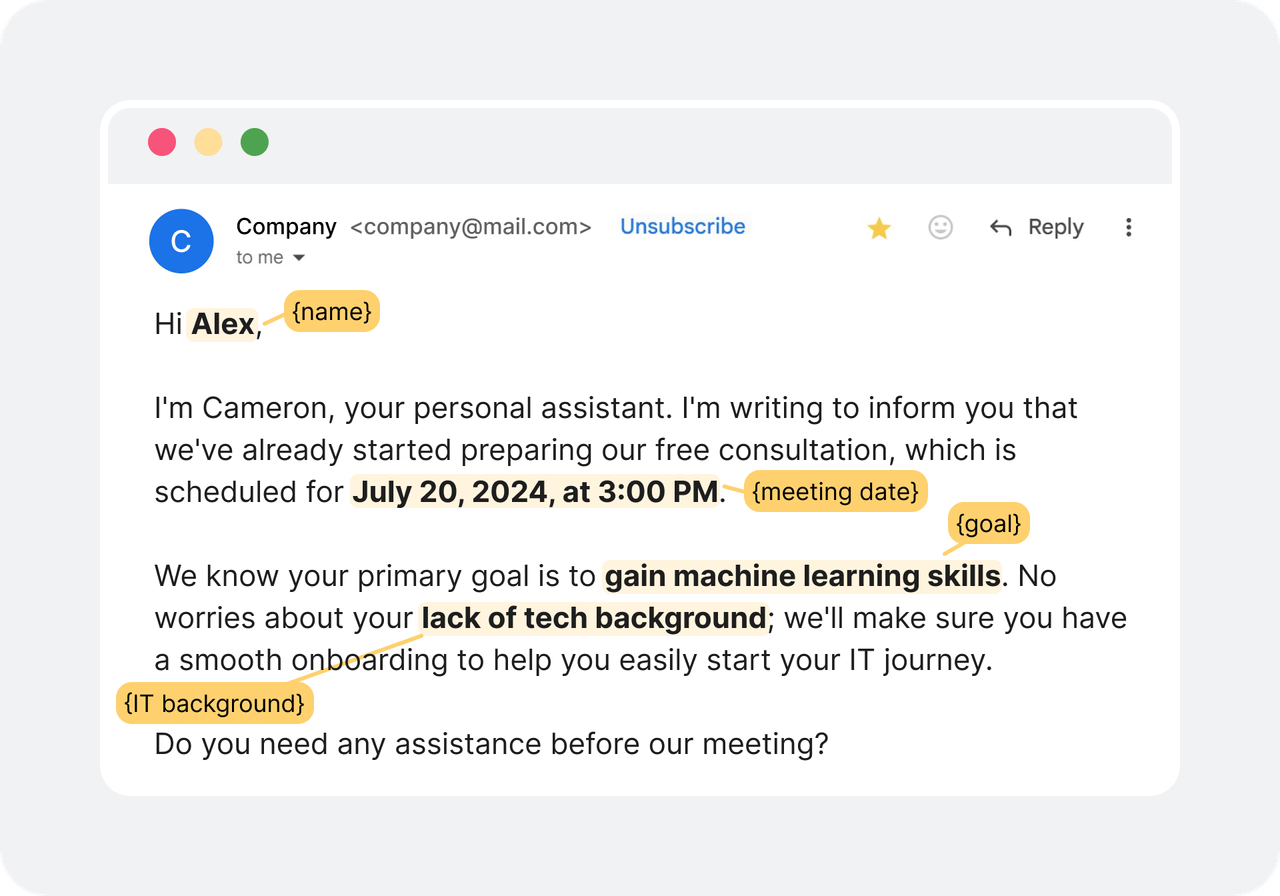
This level of relevance can speed up decision-making and close deals faster.
4. Nurture with Targeted Content
Even though these leads are hot, they still need nurturing. We use highly targeted content to address their pain points. Whether it’s a success story from a similar company or a deep dive into our product’s features, we keep everything focused on solving their specific problem.
At Dashly, we’ve seen a huge boost in conversion rates by sending content that’s perfectly aligned with where the lead is in their journey.
5. Close the Deal Quickly
One of the best parts about working with conversion-ready leads is how fast you can close deals.
At Dashly, we’ve found that offering a personalized demo or a one-on-one consultation right when a lead is hot can make all the difference. We aim to shorten the sales cycle by providing exactly what the lead needs at the right moment — whether that’s detailed pricing or a tailored product walkthrough.
6. Post-Conversion Engagement
Here’s where the inverted funnel gets unique. After we convert a lead, we don’t stop there. At Dashly, we keep the conversation going. We send educational content, product updates, and onboarding tips to ensure they’re getting the most out of our tool.
This not only keeps them engaged but also opens the door for upsells down the line.
7. Upsell, Cross-Sell, and Advocacy
From our experience at Dashly, the best time to upsell or cross-sell is when your customer is happy and seeing success. After a lead converts, we look for opportunities to introduce them to additional features or higher-tier plans. Plus, happy customers are the best advocates.
We encourage them to leave reviews or share their success stories, which fuels more inbound leads and completes the cycle of the inverted funnel.
Top 3 examples of the inverted funnel in action
Here are a couple of examples of inverted funnels based on what we’ve experienced at Dashly and how other SaaS companies can use them:
Example 1: SaaS Free Trial Leads
Let’s say you offer a free trial of your SaaS product. Traditionally, you might spend a lot of time attracting a large audience with awareness campaigns, nurturing them, and finally moving them toward a free trial. But with an inverted funnel, you start with leads who are already in your system — those who have signed up for the free trial.
Steps in Action:
- Conversion First: Focus on users who already signed up for the free trial. These are your high-quality, conversion-ready leads.
- Lead Qualification: Quickly assess whether the free trial users fit your ideal customer profile by looking at company size, usage behavior, and engagement level.
- Personalize Messaging: Based on their trial behavior (e.g., which features they’re using), send personalized emails guiding them on how to get the most out of the product.
- Nurture with Targeted Content: If a user is struggling with a feature, send specific help content, videos, or webinars to keep them engaged and moving toward purchasing.
- Close the Deal: As their trial ends, offer a personalized demo or a one-on-one consultation to convert them into paying customers.
Why it works: You skip the broad awareness phase and jump straight to leads already interested in your product, increasing conversion speed and efficiency.
Example 2: Demo Request Leads
Another great inverted funnel example is when your SaaS company gets a lot of demo requests. Instead of running broad campaigns for awareness, you focus on nurturing those who actively requested a demo.
Steps in Action:
- Conversion First: These leads have already requested a demo, so they’re showing interest. Jump straight to conversion strategies.
- Lead Qualification: Immediately qualify them through a form or pre-demo conversation, asking about their budget, team size, or specific problems they’re facing.
- Personalize Messaging: Tailor follow-up emails after the demo based on what they discussed or the pain points they expressed during the call.
- Nurture with Targeted Content: Send them specific case studies, customer success stories, or video tutorials that align with their needs.
- Close the Deal: Follow up quickly with a customized offer based on their company’s needs and preferences.
Why it works: You’re not wasting time at the top of the funnel. These leads have expressed strong interest, and by using personalization and quick follow-ups, you increase your chances of closing the deal faster.
Example 3: Customer Retention and Upsell
For companies already working with existing customers, an inverted funnel can help turn happy customers into brand advocates or upsell opportunities.
Steps in Action:
- Conversion First: Your focus is on the upsell. Look at current customers who are satisfied and actively using your product.
- Lead Qualification: Identify customers who could benefit from higher-tier plans or additional features.
- Personalize Messaging: Send personalized email campaigns highlighting features they don’t currently use but could find valuable based on their usage data.
- Nurture with Targeted Content: Share case studies of similar customers who upgraded and saw success.
- Close the Deal: Offer a discount or exclusive access to a premium feature for a limited time to encourage the upsell.
Why it works: By focusing on customers who already trust your product, you’re building on existing relationships, increasing customer lifetime value without having to start the whole funnel process over.
In each of these cases, the inverted funnel is about skipping the broad outreach and going straight for the most valuable prospects — either those ready to convert or those who can be upsold, nurtured, or turned into advocates. This approach leads to faster results, more efficient sales processes, and higher conversion rates.
Ready to see how the inverted funnel can work for you?
Whether you’re running a product startup or a mid-sized SaaS company, the inverted funnel can help streamline your process and maximize growth.
Let Dashly help you qualify leads faster, nurture them with targeted messaging, and close deals quicker. Book a demo today and let’s get those conversions rolling!
Double your sales funnel conversion with Dashly AI
⭐ Engage prospects with conversational quiz
⭐ Segment them with data‑driven scoring
⭐ Respond and bring top leads to sales with AI outreach
FAQ
1. What is an inverted sales funnel?
The inverted sales funnel flips the traditional funnel by focusing on conversion-ready leads first. Instead of starting broad and narrowing down, you prioritize the highest-quality leads to convert faster and more efficiently.
2. How does an inverted sales funnel benefit SaaS companies?
It helps SaaS companies by targeting qualified leads, speeding up conversions, and improving customer retention, making your sales efforts more efficient.
3. Is the inverted funnel better for B2B or B2C?
While both can benefit, the inverted funnel is especially powerful for B2B SaaS companies, where lead quality is more important than quantity, and personalized engagement drives faster decision-making.
Read also:
- Mastering sales funnel analysis: step-by-step guide, tools, and examples
- Ultimate guide to an AI sales funnel: the best tips, tools and common mistakes to avoid



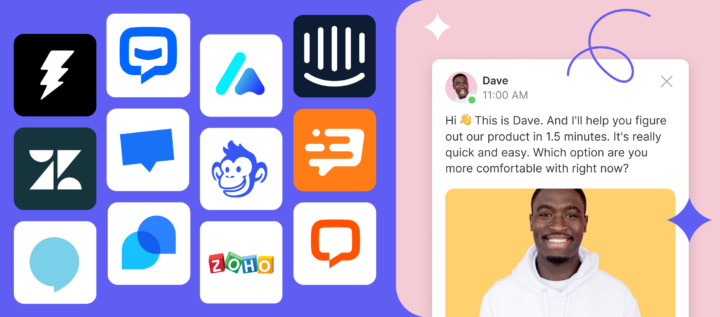
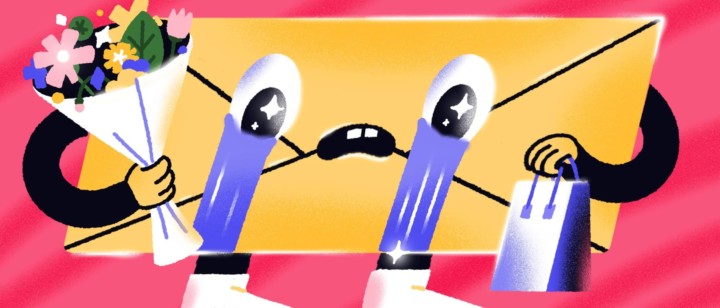
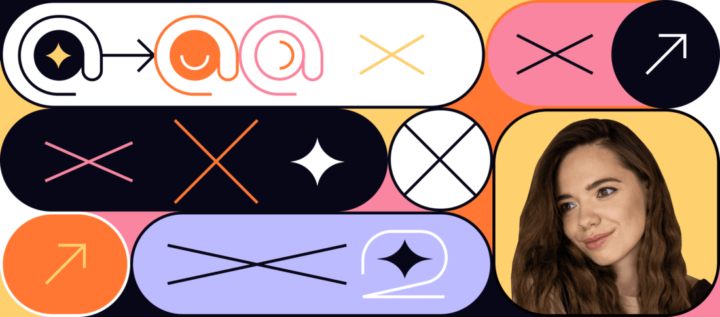
![21 proven tools for your 2025 marketing tech stack [Recommended by market experts]](https://www.dashly.io/blog/wp-content/uploads/2022/08/martech-stack-999-720x317.png)
![10-step Guide on How to Create a Chatbot for your Website [Build without code]](https://www.dashly.io/blog/wp-content/uploads/2022/06/How-to-create-a-chatbot-to-automate-conversations-with-your-website-visitors-720x317.png)